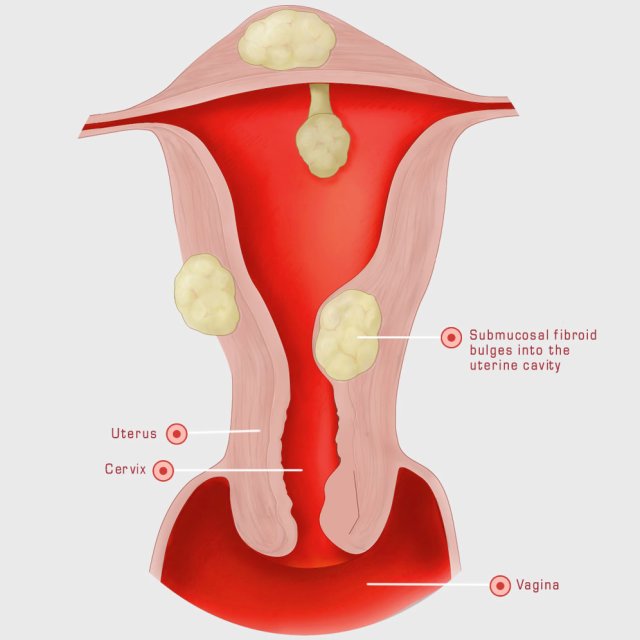Are Fibroids Hereditary? Thank Your Mother or Grandmother
Are Your Fibroids Hereditary? Any woman who knows that her mother, grandmother or sister had fibroids at one time in their lives has probably wondered, are fibroids hereditary? The short […]
Are Fibroids Hereditary? Thank Your Mother or Grandmother ... Read More »










